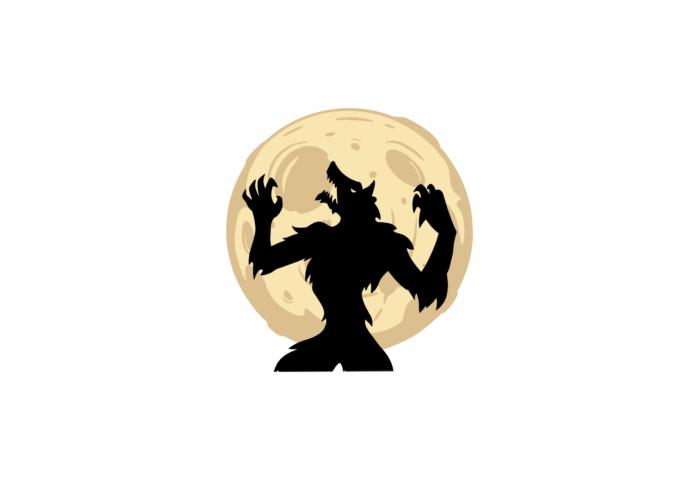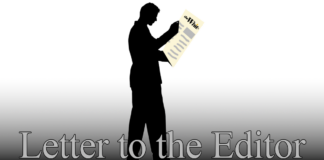
Gothic literature has long been a treasure trove of dark and brooding creatures that haunt the shadows of our collective imaginations. So the more creative minds among us have taken these occult beings and have placed them into worlds of darkness and romance. From blood-sucking vampires to spell-casting witches, they have all faced their fair share of scholarly scrutiny. Their history and place within fiction have been dissected and picked apart.
However, in more recent times, there has been a resurgence of interest in the realm of gothic monsters, and one creature that has been conspicuously absent from this discourse is the enigmatic and powerful werewolf. The concept of the werewolf has existed far longer than many have thought. The earliest surviving example of the werewolf is found in The Epic of Gilgamesh. However, the werewolf as we now know it first appeared in ancient Greece and Rome, in ethnographic, poetic, and philosophical texts.
The discussion surrounding werewolves within history and pop culture is interesting, however, it has been widely removed from the larger discourse. What makes this omission even more intriguing is the werewolf’s overt alignment with masculinity. In the realm of young adult fantasy fiction, these lycanthropic beings both uphold and challenge traditional masculine ideals, weaving a complex narrative that delves into emotional repression, violence, and identity.
This article seeks to unravel the intricate tapestry of masculinity as it relates to werewolves in young adult fantasy fiction. We will navigate through the pages of Cassandra Clare’s “The Mortal Instruments,” Julie Plec’s “The Vampire Diaries”, and most importantly, Stephanie Meyer’s “Twilight Saga.” Specifically looking at and dissecting the character of Jacob Black, one of the love interests in the series. In these texts, we encounter masculine characters whose metamorphic experiences implicitly comment on the deeply ingrained gender norms that shape not only their own identities but also those of the young adult audiences that devour these stories.
The concept of masculinity, rooted in power, dominance, and emotional suppression, often takes center stage when examining werewolves in these texts. In “The Mortal Instruments,” characters like Luke Garroway and Jordan Kyle grapple with the burden of their lycanthropic nature. The transformations into fierce, uncontrollable beasts act as metaphors for the emotional turmoil these men face. The need to repress their vulnerability and aggression to conform to societal expectations of stoic masculinity is a constant struggle.
Julie Plec’s “The Vampire Diaries” adds another layer to the werewolf-masculinity narrative with the character Tyler Lockwood. Before his transformation, Tyler was in every way the “dumb jock bully” archetype. But after he changes into a werewolf, we see his character grow and change. He becomes more serious, protective of his loved ones, and willing to fight for what’s right; a defiance against the constraints of toxic masculinity. Tyler’s lycanthropy becomes a symbol of resistance against his domineering father, leading him to question and ultimately redefine what it means to be a man.
On the other hand, in the Twilight saga, Stephanie Meyer defies traditional masculinity by creating a werewolf pack that exemplifies camaraderie and emotional connection. While these characters may embrace their aggressive nature during transformation, their unity and emotional openness challenge conventional male stereotypes. Jacob Black, in particular, showcases masculinity in a very complex way.
In the film series, before his first transformation, Jacob is shown as a caring, compassionate, and overtly sensitive character. With these traits, he portrays very positive forms of masculinity. However, this suddenly changes after his character transforms into his wolf form for the first time and officially joins his pack. When this happens, Jacob not only undergoes a physical change—cutting his hair, getting a tattoo, and for some reason losing all of his shirts—he also becomes far more aggressive, confrontational, egotistical, and annoyingly stoic.
Make no mistake, I am team Jacob till the day I die. But I just can’t ignore his very obvious character change after he gains his powers and joins the pack. He becomes a completely different character, even going so far as to kiss Bella Swan without her consent. Of course, there is hope for his character, and we see Jacob grow as a better person later in the series and showcase more positive forms of masculinity while shedding the negatives off like fur.
Through these diverse narratives, young adult audiences are presented with multifaceted reflections of masculinity. The werewolf, as a symbol of transformation, allows readers to explore the complexities of male identity and the blurred lines between conformity and individuality. In a genre often criticized for perpetuating unrealistic beauty standards and toxic relationships, these werewolf characters stand out as symbols of hope, demonstrating that masculinity can be multifaceted, compassionate, and strong in its vulnerability.
Ultimately, the werewolf in young adult fantasy literature provides a unique lens through which to analyze and deconstruct hegemonic masculine ideals. The themes of emotional repression, physical violence, and the struggle to reconcile the human and the beast within allow readers to question the traditional norms and expectations associated with masculinity.
Young adult readers are exposed to a wide variety of male characters that defy stereotypes of what it is to be a man as they immerse themselves in these realms. These novels provide readers the power to examine, reshape, and reinvent their own identities and conceptions of masculinity by examining the conflict between conformity and rebellion, weakness and strength.
For comments/questions about this story, DM us on Instagram @thewhitatrowan or email thewhit.opinioneditor@gmail.com.





